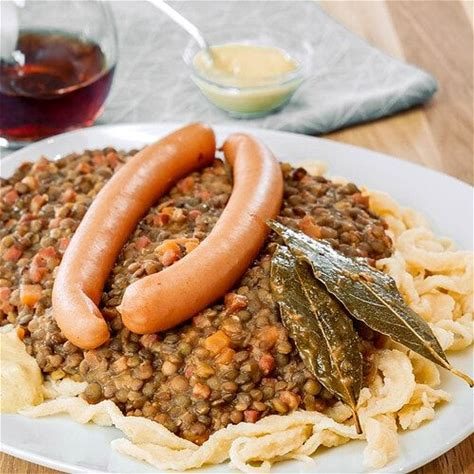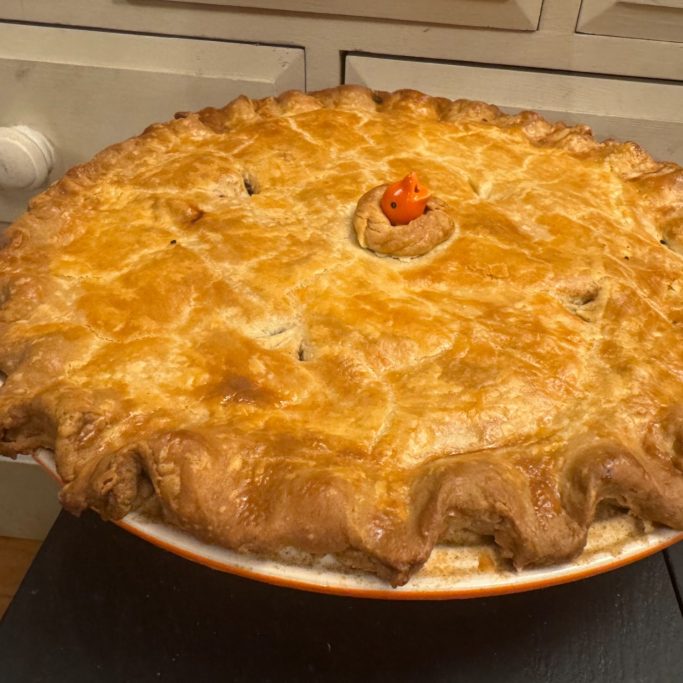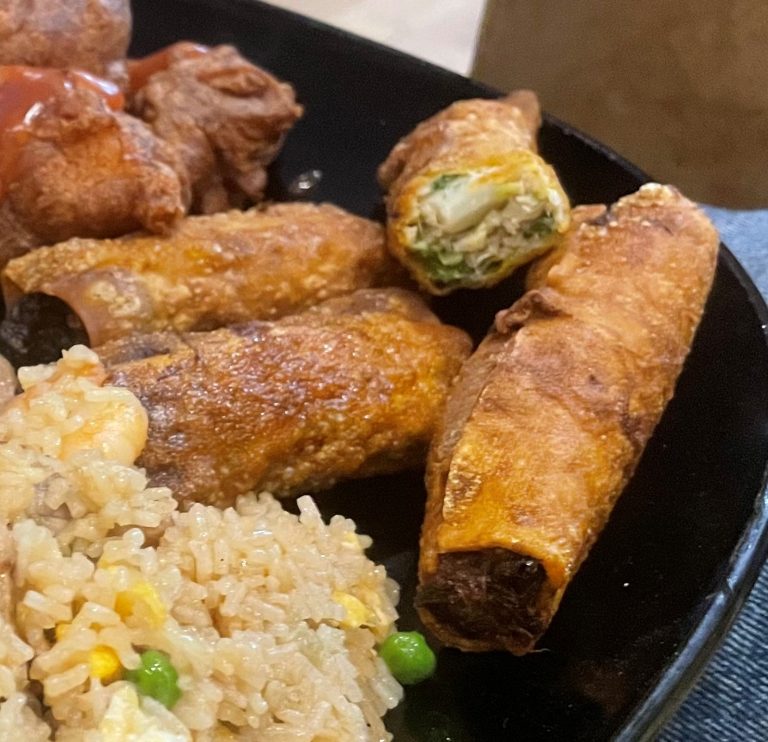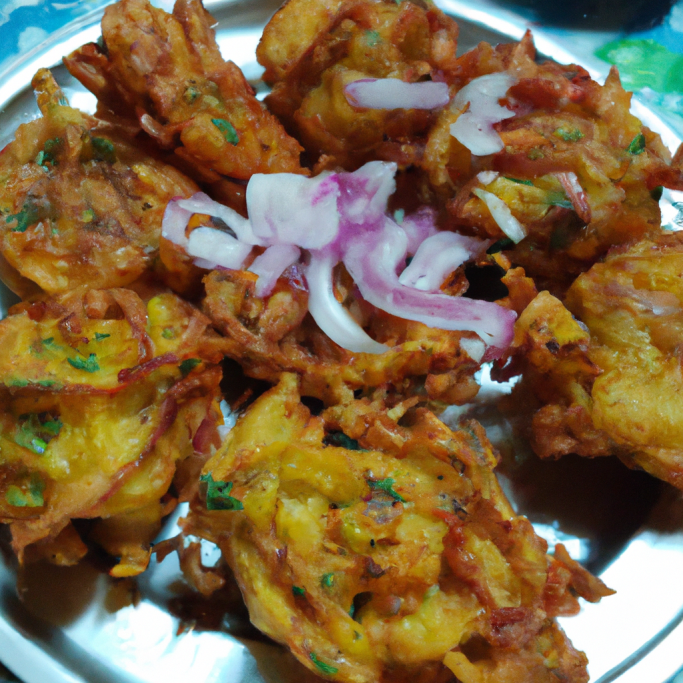Cold lentils and German disapproval: My pilgrim bond with Jurgen
There are people you meet on a journey who feel less like strangers and more like long-lost friends—the kind of person who makes you wonder if maybe, just maybe, you knew each other in another life. Jurgen was that kind of guy. A towering, bear-like German with a voice like rolling thunder and a heart soft as a monk’s robes. We met on the Camino de Santiago, that ancient path where people walk to lose themselves and maybe find a sliver of meaning among the dust, sweat, and the simplicity of human connection.
Jurgen was more than a presence; he was a force, a spiritual juggernaut. You couldn’t help but feel the world settle a little with him around, his kindness as undeniable as his physical heft. It was as though he’d come into the world just to make other people feel safe, seen, and maybe just a little more alive. If you needed something—a spare bandage, half his water, or even his last sandwich—he’d hand it over with a smile. Generosity was in his bones, embedded so deeply you could practically see it in his walk.
So, when he invited me to Stuttgart for Cannstatter Volksfest, I booked a flight from Canada without a second thought. I arrived, jet-lagged and starving, to a warm welcome, a few mugs of beer, and a feast waiting for me courtesy of Jurgen’s sister, who seemed to have cooked the entire regional repertoire of Swabian classics. But the standout was the Schwäbische Linsen mit Spätzle und Saitenwürstchen—Swabian lentils with spaetzle and sausages. This was food so rich, earthy, and unpretentious that it tasted like it had been simmering for centuries in the kitchens of the Swabian countryside.
The lentils were perfect: creamy and tangy, slightly sweet, and hearty enough to make you wonder if you’d ever really eaten before. That first taste, after a day of travel and a few too many German beers, was a revelation. But as with all great meals, it was about more than food. This was a warm, handmade, memory-soaked bowl of pure comfort, made by Jurgen’s sister, as if she was feeding a long-lost family member.

Jet lag hit hard that first night, and around 4 a.m., I found myself in Jurgen’s kitchen, stomach grumbling, my brain foggy but my mission clear. I needed those lentils. I opened the fridge, eyes bleary, and there they were, cold but still as enticing as ever. I grabbed a spoon and tucked in, half-asleep, standing there like a culinary outlaw caught red-handed.
Of course, I turned to see Jurgen himself, staring at me from the doorway, a look of pure German horror plastered on his face. I was desecrating his sister’s beautiful meal with all the grace of a sleep-deprived Canadian caveman. His mouth twisted with disapproval, but he didn’t say a word. From then on, I became the “cold-lentil criminal” in his mind—a repeat offender.
And yet, every time I came back to visit, there it was: a bowl of lentils waiting in the fridge, chilled and ready for my next early morning raid. Despite himself, Jurgen kept up the tradition. Maybe he was still disgusted, or maybe he’d finally accepted my strange rituals. Either way, he’d have that bowl of lentils waiting.
I think about Jurgen often, how his kindness was as steady as the Camino path itself, always generous, always present. In every bite of those cold, forbidden lentils, there was the warmth of a friendship that never needed words, just a quiet understanding shared over bowls, beers, and a strange, unbreakable bond formed on an ancient trail.


Swabian lentils with spaetzle and sausages
Equipment
- spaetzle maker, potato ricer, or my personal favourite – a three (or more) holed squeeze bottle. Even a cheese grater works too!
Ingredients
For the lentils:
- 14 oz dried brown lentils
- 2 bay leaves
- water
- 7-8 slices of bacon cut in large chunks
- 1 large onion finely chopped
- 1 large leek finely sliced
- 1 large carrot finely chopped
- 1/2 cup butter
- 1/2 cup flour
- 4-6 cups beef stock
- 1/4 cup white wine or cider vinegar
- salt and pepper to taste
For the Spaetzle:
- 200 g flour
- 3 eggs
- 1 tbsp oil
- 1 tsp salt
- 50 ml water
- Equipment – spaetzle maker potato ricer, or my personal favourite – a three (or more) holed squeeze bottle. Even a cheese grater works too!
- 3 tbsp butter
Instructions
For the lentils:
- Soak the lentils in plenty of water for 2 hours. Rince and put lentils and bay leaves with plenty of water on stove to boil and cook for 45 minutes – lentils need to be well covered by water.
- Meanwhile, fry the bacon until translucent, lightly browned, add the onions, leeks and carrots and cook until soft.
- Add the flour and butter to the bacon and vegetable mix and cook until flour is deeply browned – not burned!
- Then add the cooked and drained lentils to the bacon and vegetable mix and stir well to mix. Add the broth and vinegar and cook thoroughly until very thick. Season with salt and pepper.
- Serve with Spaetzle (recipe below) and sausages/hotdogs and/or with a thick slab of bacon (feel free to cook together with lentils for a short time).
For the Spaetzle:
- Mix all ingredients and whisk vigorously. Allow the dough to rest for a short time, then again work it thoroughly.
- Bring a pot of salted water to a simmer over medium-high heat. Use a spatula to push a spoonful of batter through the holes of the smooth side of the grater, or through your spaetzle maker into the simmering water.
- When dumplings rise to the surface of the water, they are done. This will take just a few minutes. Remove dumplings with a slotted spoon, and repeat in batches with remaining batter.
- Melt the butter in a skillet and cook it until it’s nutty brown. Add the spaetzle noodles. Turn the heat up to medium and cook and stir the spaetzle until they are coated with butter. Sprinkle with chopped parsley and serve.






